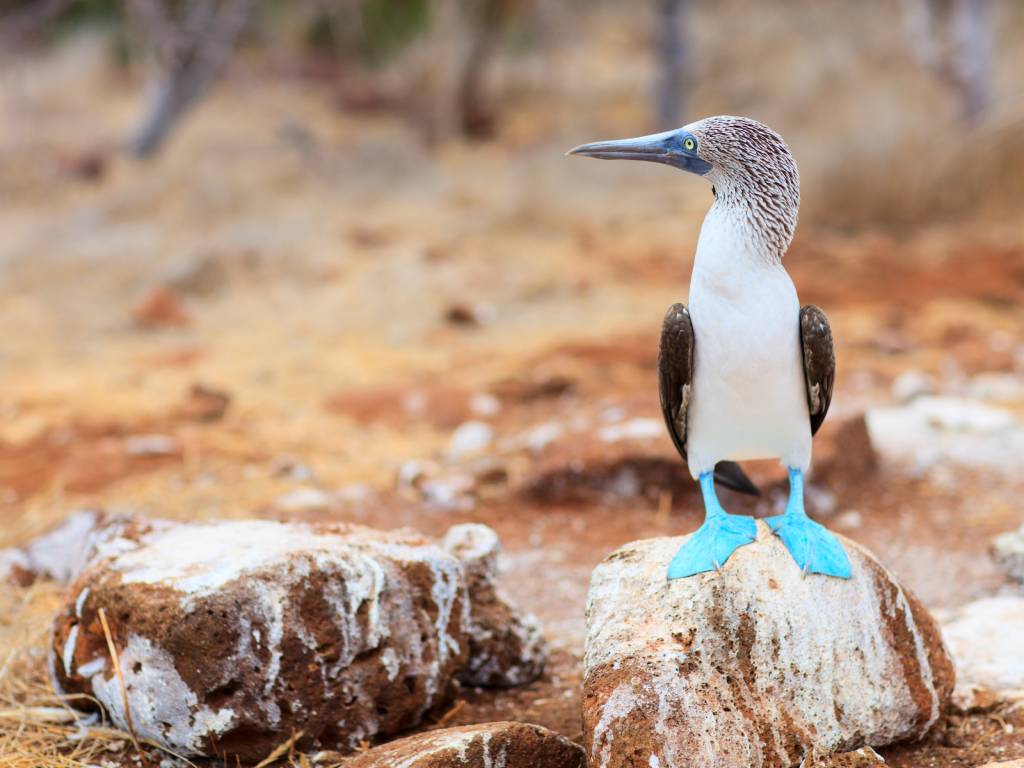The Galapagos Islands, located in the Pacific Ocean, are known for their rich biodiversity and their importance in the history of biology. These islands are famous for being the place where Charles Darwin developed his theory of evolution by natural selection. One of the most notable characteristics of the Galapagos is the presence of numerous endemic species, that is, species that are only found in this archipelago and not anywhere else in the world. In this article, we will explore the importance of these endemic species and how they have adapted to their unique environment.
Importance of endemic species in the Galapagos ecosystem
Endemic species play a crucial role in the biodiversity of the Galapagos. These species have evolved in isolation and have developed unique characteristics that allow them to survive in this unique environment. Furthermore, these species are interconnected and depend on each other to maintain the ecological balance of the islands. For example, giant tortoises are important for seed dispersal and creating habitats for other species. Without these endemic species, the Galapagos ecosystem would be seriously affected.
How have endemic species adapted to their environment?
| Endemic Species | Adaptations to the Environment | State of conservation |
| Galapagos Cactus | Water storage in stems and leaves, thorns for protection, nocturnal flowers to attract pollinators | Critically endangered |
| Darwin’s finch | Development of different types of beaks to adapt to different food sources, cactus water drinking ability | In danger of extinction |
| El Hierro Lizard | Ability to store water in urinary bladder, thick skin to prevent water loss, night habits to avoid the heat of the day | Critically endangered |
The endemic species of the Galapagos have developed unique adaptations to survive in this challenging environment. Factors such as geographical isolation, lack of predators and limited availability of resources have influenced the evolution of these species. For example, marine iguanas have developed the ability to dive and feed on seaweed, allowing them to take advantage of an abundant resource on the islands. Another example is the blue-footed booby, which has developed specialized legs and beaks for hunting fish in the ocean.
The giant tortoises of the Galapagos: a national treasure
Giant tortoises are one of the most emblematic endemic species of the Galapagos. These turtles are known for their impressive size and longevity. Additionally, they play an important role in the history of the archipelago, as they were a key source of food for pirates and whalers who visited the islands in the past. Unfortunately, giant tortoise populations were severely affected by hunting and the introduction of invasive species. However, thanks to conservation efforts, giant tortoise populations are on the rebound.
Blue-footed boobies: one of the most emblematic birds of the Galapagos
Blue-footed boobies are one of the most emblematic birds of the Galapagos. These birds are characterized by their bright blue legs and beaks, which are used in courtship and communication. Additionally, they are excellent swimmers and divers, allowing them to hunt fish in the ocean. However, blue-footed boobies face threats such as bycatch and the introduction of invasive species. To protect these birds, conservation measures have been implemented such as the creation of marine protected areas and environmental education.
Marine iguanas: an example of adaptation to the aquatic environment
Marine iguanas are another notable example of endemic species in the Galapagos. These iguanas are unique in the world, as they are the only iguanas that have adapted to the marine environment. Unlike other iguanas, marine iguanas can dive and feed on seaweed. In addition, they have the ability to expel excess salt through special nasal glands. These adaptations allow them to take advantage of an abundant resource on the islands and survive in a challenging environment.
Why are the Galapagos Islands a natural laboratory for biology?
The Galapagos Islands are considered a natural laboratory for biology due to their rich biodiversity and unique history. These islands have been isolated for millions of years, which has allowed unique species adapted to their environment to develop. Additionally, the Galapagos are known for being the place where Charles Darwin developed his theory of evolution by natural selection. This theory revolutionized our understanding of biology and laid the foundation for scientific research in the Galapagos and around the world.
